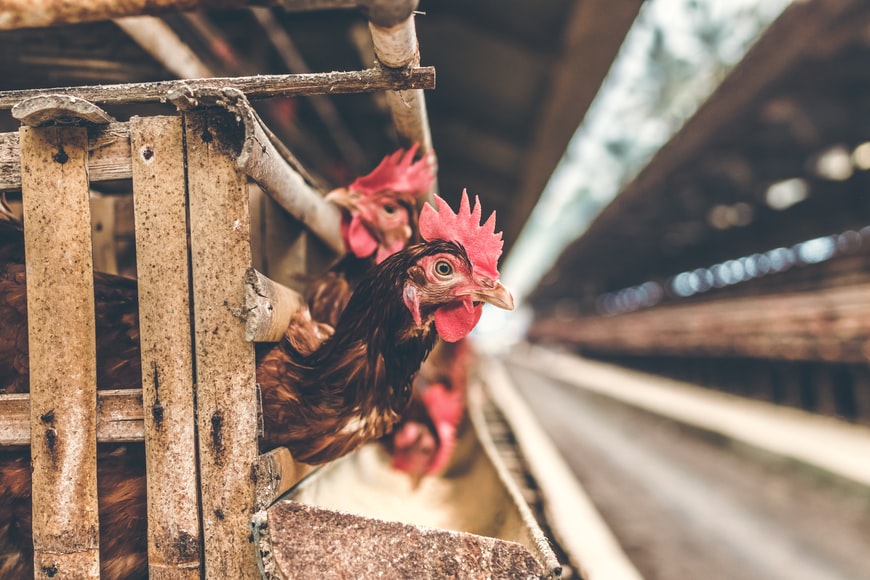Avian influenza, known as the bird flu, has been a viral disease that has caused a lot of damage to many countries. Outbreaks of bird flu trigger massive killing of millions of birds, and economies can be severely affected. Recent reports have been detecting several outbreaks in both Europe and Asia. Once a business from the poultry industry becomes the source of an outbreak, besides sacrificing so many birds, some countries can suffer from temporary trade restrictions, is the infection numbers are high.
Bird flu can be transmitted to humans
Epidemiologists warn that this zoonotic disease can take a turn for the worst, and humans can get infected if proper sanitary measures are not taken rapidly. According to the same sources, in 2021, China reported 21 human infections with the H5N6 virus. South Korean authorities announced an outbreak at a poultry farm in the region of Chungcheongbuk-do, where over 770,000 birds were killed. Besides South Korea and China, Japan has reported cases of bird flu of the H5N8 strain.
In Europe, Norway detected an outbreak in a farm from the Rogaland region. Analyses revealed the subtype responsible for the outbreak was the H5N1.
Why are bird flu outbreaks more common during autumn?
Because the cold season is right around the corner, wild birds are emigrating, and thus, bird flu is spread easier than during warm seasons. Some European countries have advised farmers to keep their poultry indoors as bird flu has been detected on migrant birds.
How can people get infected with bird flu?
Although this viral disease is not spread through eating meat, people can get infected if they are exposed to birds, their feces, and their feathers. Health experts explain that wild birds can spread the disease in the countries they are traveling to, and domestic birds are much more affected by the virus. Some symptoms in birds include swollen heads, death, diarrhea, and breathing issues.























Leave a Reply